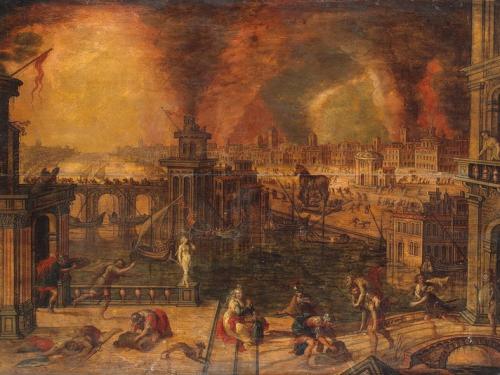


He describes Ugarit’s flourishing and far-reaching international trade of the 13th century, but also the sudden, violent destruction of the city in the 1180’s, as well as destructions of other sites in the region, all possibly related to the coming of the Sea Peoples. By the time he gets to Chapter Four, which deals largely with the 12th century, the coming collapse is quite clear. This final issue allows Cline to put some of the linguistic and archaeological evidence for Homer’s narratives into context.Ĭline does not neglect the peripheral regions, such as the important Mediterranean port city of Ugarit, the vital copper trade from Cyprus, or the appearance of the Israelites in Canaan. The third chapter continues the theme of foreign contacts into the next century (the 13th), concentrating on the rise of Assyria, the second rise (and then fall) of the Hittites and their conflicts with the Mycenaeans over western Anatolian territory. His second chapter deals nicely with Amenhotep III’s likely contacts with Mycenae in mainland Greece, as well as with every facet of the Amarna period, especially Egypt’s still expanding foreign relations. In his first chapter, he covers most of the significant events relating to the rise of Mycenaean civilization. In the first half of the volume, Cline describes the major Bronze Age civilizations that were soon to collapse, concentrating on the international connections among them. 1200 (their first wave came during the time of Merneptah) has long been considered a signal of the changing status quo in the Near East as well as in the Aegean. While it is somewhat of a gimmick to pin the end of the Bronze Age to a single date, the year 1177 refers to the 8th year of Ramses III’s reign, the year when Egypt fought its second war against the Sea Peoples. Cline gathers all previous research on the topic and then looks at the big picture, by discussing ancient geopolitics in terms that makes sense to a non-specialist. These calamities led to the collapse of the various interrelated civilizations and cultures of the Aegean, the Near East and Egypt. In the volume, Cline proposes that the Bronze Age ended due to a “perfect storm” of calamities. Major media outlets such as the Huffington Post and the New Yorker, reviewed the book favorably, and helped him continue the conversation. In recent months, Cline has been able to engage the public with serious archaeological scholarship.

This is what has happened with Eric Cline’s new book, 1177 B. ASOR-AFFILIATED RESEARCH CENTERS FELLOWSHIPS.MEMBERSHIP & ANNUAL MEETING SCHOLARSHIPS.SCHOLARSHIPS FOR FIELDWORK PARTICIPATION.2023 Call for Member-Organized Sessions and Workshops.ASOR-AFFILIATED ARCHAEOLOGICAL PROJECTS.


 0 kommentar(er)
0 kommentar(er)
